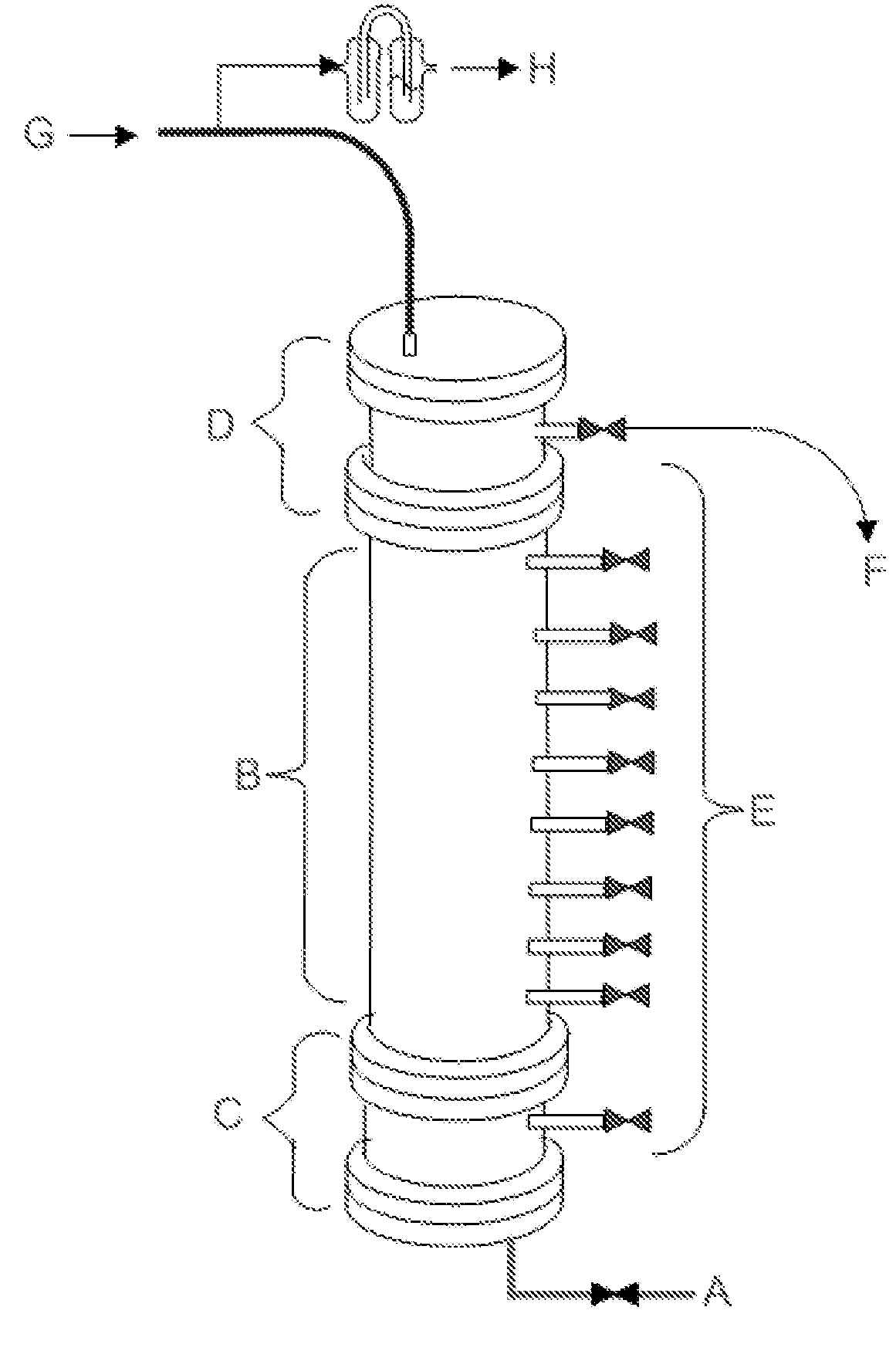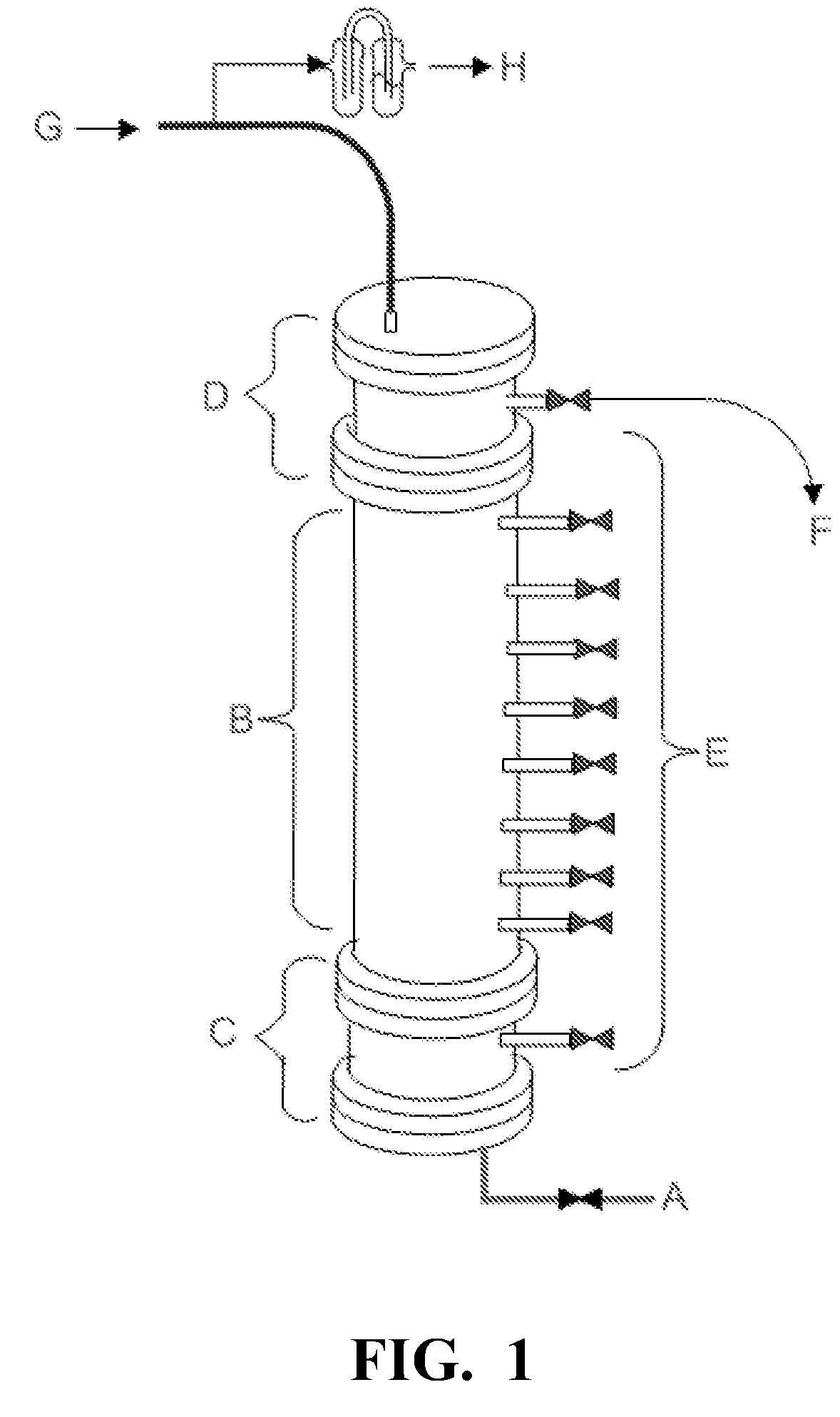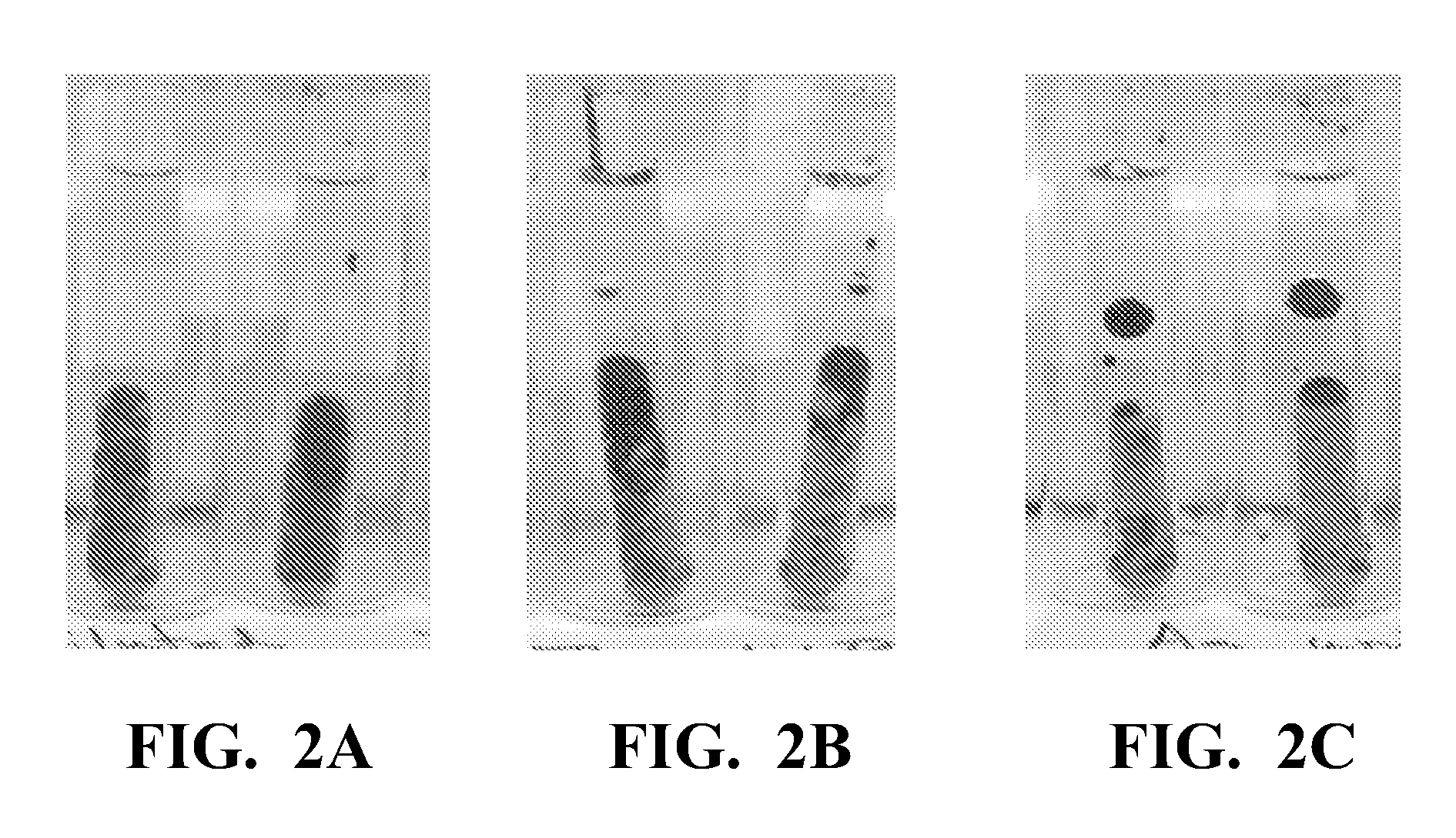Identification, characterization, and application of shewanella putrefaciens (lh4:18), useful in microbially enhanced oil release
a technology of shewanella putrefaciens and microorganisms, which is applied in the direction of bacteria based processes, sealing/packing, and borehole/well accessories, etc., can solve the problems of essentially immobile and cannot be easily recovered by conventional primary and secondary means, and achieve the effect of enhancing oil recovery and enhancing economic recovery
- Summary
- Abstract
- Description
- Claims
- Application Information
AI Technical Summary
Benefits of technology
Problems solved by technology
Method used
Image
Examples
example 1
Anaerobic Growth of Bacterial Isolates on Oil as the Sole Carbon Source
[0070]To study growth of isolated colonies from long term column cultures on crude oil as a sole carbon source under anaerobic conditions, purified isolates were inoculated into 20 mL serum vials containing 10 mL minimal salts medium (Table 2), 1.6 g / l sodium nitrate and 5.0 mL of autoclaved crude oil. The medium was deoxygenated by sparging the filled vials with a mixture of nitrogen and carbon dioxide followed by autoclaving. All manipulations of bacteria were done in an anaerobic chamber (Coy Laboratories Products, Inc., Grass Lake, Mich.). The cultures were incubated at ambient temperatures with moderate shaking (100 rpm) for several weeks to several months and monitored for nitrate, nitrite, visible turbidity and visible oil modifications. When the nitrate was depleted in any culture, sodium nitrate at 50 g / l was added to bring its concentration in the medium up to 0.4 g / l sodium nitrate.
TABLE 2MINIMAL SALTS...
example 2
Screening of Bacterial Isolates for Enhanced Oil Release
[0072]In this Example, inoculum was grown to turbidity using the minimal salts medium shown in Table 2 with 0.4% succinate as carbon source. The concentration of each species, listed in Table 4 below, was normalized to OD600 of 1.0 or diluted 1:10 for a final OD600 of 0.1. All operations for preparation of the micro sand columns, inoculation and growth were done using sterile techniques in an anaerobic glove bag. Inocula (4 mL) from either the OD600 of 1.0 or OD600 Of 0.1 were added to small glass tubes and the micro sand columns immersed in the medium / cell mixtures with the narrow neck of the Pasteur pipets pointing up. The outer vials were sealed in the anaerobic chamber and allowed to incubate at ambient temperatures for 24 hr. Table 4 shows the strains tested and the observations of oil release after 24 hr.
TABLE 4RELEASE OF OIL FROM MICROSANDCOLUMNS BY ISOLATEDBACTERIAL STRAINSinoculuminoculumBacterial isolateOD600 = 1OD600...
example 3
Mini Sandpacks
[0074]Three continuous flow oil release tests were done as described above to illustrate the oil release ability of strain LH4:18. One mini sandpack was run as an uninoculated control. The second and third mini sandpacks were identical tests inoculated with strain LH4:18.
[0075]After setup, the three mini sandpacks were flooded with a synthetic brine without nitrate (Table 5) at a rate of 0.5 ml / min for 6.6 pore volumes. At that point, the flooding was stopped. The height of the oil in the stand legs was measured, and the amount of oil released relative to the original amount added was calculated. At this point oil release from mini sandpacks #1, 2, and 3 was determined at 25%, 20% and 25%, respectively.
[0076]The sandpacks were then either inoculated with cells or just sterile medium as the “control”. Mini sandpack #1 was inoculated with the medium (Table 5) that did not contain nitrate. Mini sandpacks #2 and #3 were inoculated with strain LH4:18 at about 108 cfu / ml for...
PUM
 Login to View More
Login to View More Abstract
Description
Claims
Application Information
 Login to View More
Login to View More - R&D
- Intellectual Property
- Life Sciences
- Materials
- Tech Scout
- Unparalleled Data Quality
- Higher Quality Content
- 60% Fewer Hallucinations
Browse by: Latest US Patents, China's latest patents, Technical Efficacy Thesaurus, Application Domain, Technology Topic, Popular Technical Reports.
© 2025 PatSnap. All rights reserved.Legal|Privacy policy|Modern Slavery Act Transparency Statement|Sitemap|About US| Contact US: help@patsnap.com



